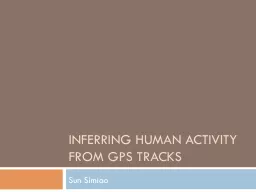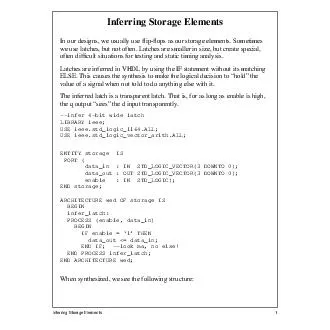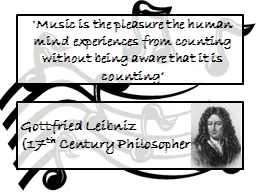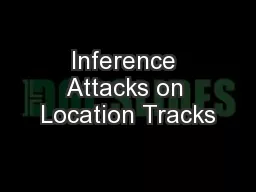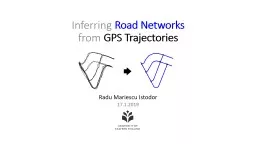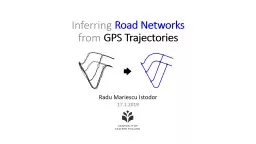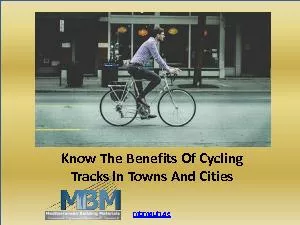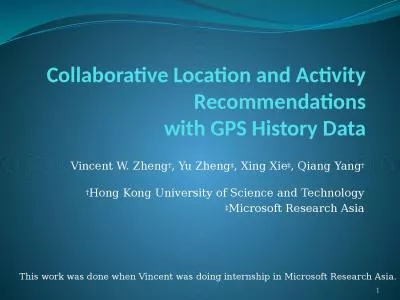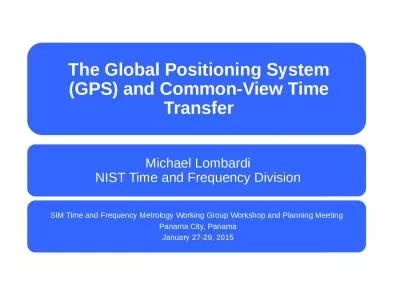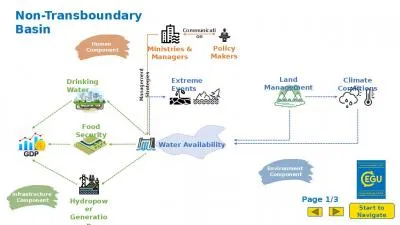PPT-Inferring human activity from GPS tracks
Author : danika-pritchard | Published Date : 2016-05-12
Sun Simiao Study Human Activity from Raw GPS Data Current Condition Lots of GPS devices provide us h uge amount of GPS data GPS data does not improve semantic
Presentation Embed Code
Download Presentation
Download Presentation The PPT/PDF document "Inferring human activity from GPS tracks" is the property of its rightful owner. Permission is granted to download and print the materials on this website for personal, non-commercial use only, and to display it on your personal computer provided you do not modify the materials and that you retain all copyright notices contained in the materials. By downloading content from our website, you accept the terms of this agreement.
Inferring human activity from GPS tracks: Transcript
Download Rules Of Document
"Inferring human activity from GPS tracks"The content belongs to its owner. You may download and print it for personal use, without modification, and keep all copyright notices. By downloading, you agree to these terms.
Related Documents

